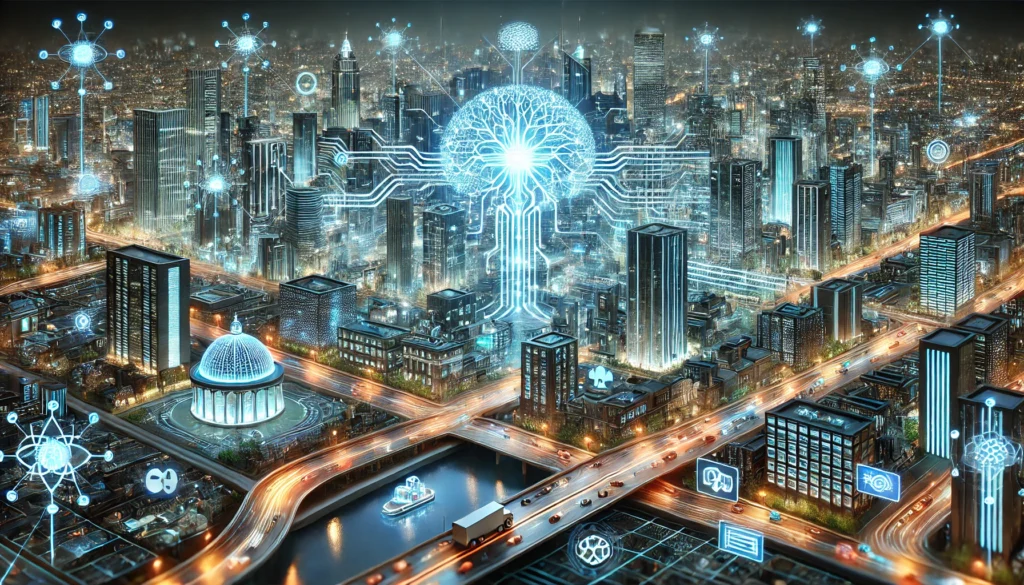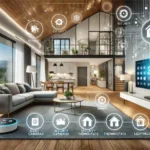Smart systems are changing our world by combining advanced technologies like AI, IoT, and automation. These systems are designed to perform tasks intelligently, adapt to changes, and improve over time. From self-driving cars to smart homes, technology is changing how we live and work every day.
The Role of Artificial Intelligence in Smart Systems
AI is the core driver behind the intelligence in these systems. Among the various AI technologies, Artificial Neural Networks (ANNs) play a pivotal role. ANNs mimic the human brain, enabling machines to learn from data, recognize patterns, and make decisions. In this article, we’ll look at how ANNs are the foundation of smart systems, making them more efficient, adaptable, and intelligent.
What Are Artificial Neural Networks (ANNs)?
Definition and Basic Structure of ANNs
Artificial Neural Networks are computer models that take inspiration from the way the human brain works. They are made up of layers of interconnected nodes (neurons) that work together to process information.
- Input Layer: Takes the raw data and feeds it into the network.
- Hidden Layers: They analyze the data and identify patterns.
- Output Layer: It generates the final result or decision.
How ANNs Mimic the Human Brain
Artificial Neural Networks (ANNs) are created to mimic the functioning of the human brain. Neurons in the brain transmit electrical signals to process information. Similarly, ANNs use mathematical functions to transmit data through nodes and layers, enabling them to learn from experience and improve their predictions over time.
Types of Neural Networks
There are several types of ANNs, each suited for specific applications:
- Feedforward Neural Networks: The simplest type, where data flows in a single direction from input to output.
- Convolutional Neural Networks (CNNs): Mainly used for tasks related to image recognition and processing.
- Recurrent Neural Networks (RNNs): Specialized in processing sequential data like time-series or text.
- Deep Neural Networks (DNNs): Contain multiple hidden layers, making them powerful for complex tasks.
How Artificial Neural Networks Power Smart Systems
Pattern Recognition and Learning from Data
One of the core capabilities of Artificial Neural Networks is pattern recognition. They analyze vast amounts of data to recognize patterns, enabling smart systems to make informed decisions. For instance, ANNs help smart devices recognize voice commands or detect anomalies in sensor data.
Real-Time Decision Making and Adaptability
ANNs allow smart systems to adapt in real time. For example, in autonomous vehicles, ANNs help the car make decisions based on changing road conditions and new data inputs, all without needing manual programming.
Optimization and Efficiency in Smart Systems
ANNs also help make smart systems more efficient by optimizing resources like energy and computing power. For instance, smart thermostats use ANNs to learn and adapt to user preferences, thus improving energy efficiency while maintaining comfort.
Handling Complex Inputs in Smart Environments
Whether it’s processing voice commands through a smart assistant or analyzing images from a security camera, ANNs enable smart systems to handle complex, unstructured data efficiently. This ability is what powers much of today’s smart technology.
Key Applications of Artificial Neural Networks in Smart Systems
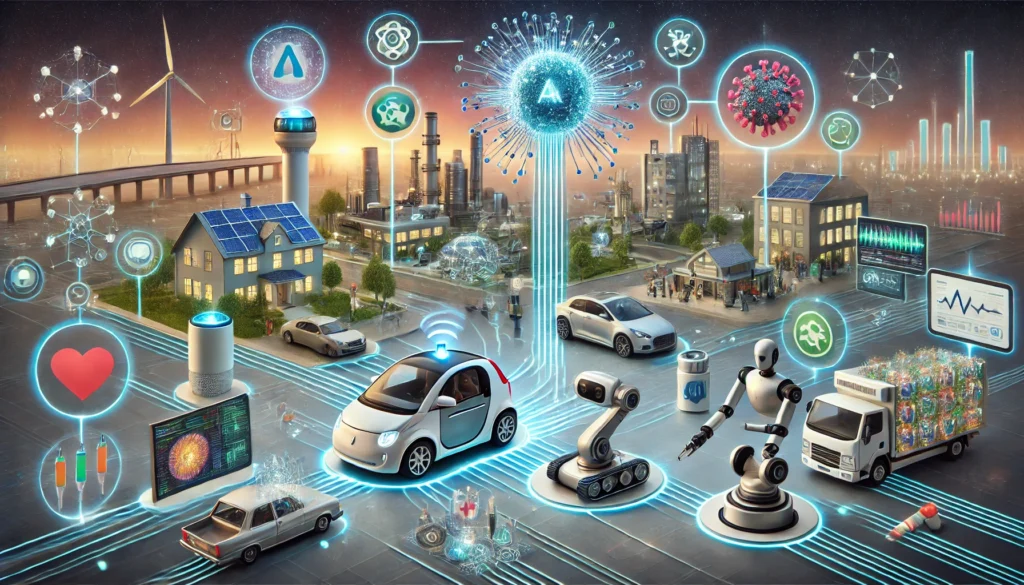
Smart Homes and IoT Devices
In smart homes, Artificial Neural Networks are used in devices like smart thermostats, voice assistants (like Alexa or Siri), and security systems. These devices use ANNs to learn from user behavior and optimize their performance, making the home more comfortable and secure.
Autonomous Vehicles
ANNs are critical in self-driving cars. They process data from cameras and sensors to recognize obstacles, make real-time decisions, and navigate roads safely. Without ANNs, autonomous vehicles would not be able to function with the same level of efficiency and safety.
Healthcare and Personalized Medicine
In Healthcare, ANNs are used for diagnostic purposes, like analyzing medical images, detecting diseases, and even creating personalized treatment plans. ANNs are also being used to monitor patients in real time, ensuring timely intervention when necessary.
Financial and Business Systems
Artificial Neural Networks are widely used in finance for fraud detection, risk assessment, and predictive analytics. They analyze transaction data to detect suspicious activities, ensuring the safety and security of financial operations.
Robotics and Automation
In Robotics, ANNs enable robots to learn tasks, adapt to their environments, and interact with humans. Whether it’s performing complex surgeries or putting together parts in a factory, ANNs help robots work with accuracy and efficiency
Advantages of Using Artificial Neural Networks in Smart Systems
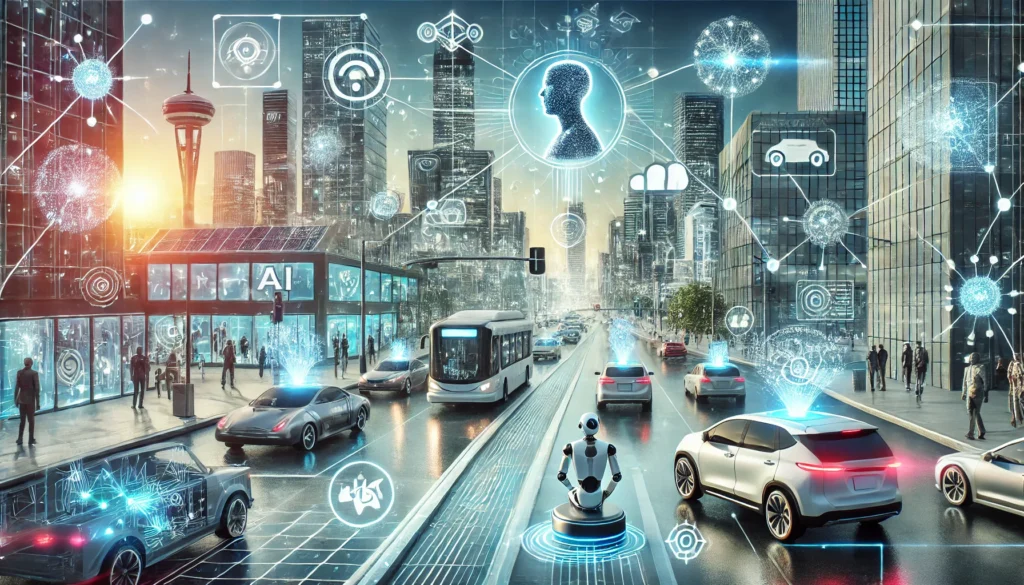
Self-Learning and Continuous Improvement
One of the key benefits of ANNs is their ability to learn from experience. Over time, ANNs can refine their algorithms, improving their accuracy and efficiency. This ability to “learn” makes smart systems more adaptable to new scenarios.
Ability to Process Complex and Unstructured Data
ANNs can process complex and diverse data types such as images, speech, and sensor data. This capability makes them indispensable in systems like voice assistants, image recognition software, and autonomous vehicles.
Flexibility and Scalability
ANNs are highly flexible and scalable, meaning they can be used across a wide range of applications and adjusted to meet the needs of different systems, from small IoT devices to large-scale autonomous operations.
Accuracy and Precision in Predictions
ANNs are known for their ability to make precise predictions. Whether it’s predicting stock market trends or diagnosing diseases, the accuracy of ANNs ensures that smart systems provide reliable and effective solutions.
Challenges and Limitations of Artificial Neural Networks in Smart Systems
Training and Data Dependency
ANNs need large amounts of high-quality data to learn and perform well. Inadequate or biased data can lead to inaccurate predictions or undesired outcomes. Data privacy concerns also arise, especially in sensitive fields like healthcare.
Computational Power and Resources
Training deep neural networks can be quite demanding, as it often requires a lot of computing power and resources. This can make the implementation of ANNs costly, especially in real-time applications.
Interpretability and Explainability
One of the ongoing challenges with Artificial Neural Networks is their “black-box” nature. It’s often difficult to understand exactly how an ANN arrives at a particular decision, which can be a problem in high-stakes industries like healthcare or finance.
Generalization to Unseen Data
ANNs can sometimes struggle to generalize when they encounter data that is different from the training data. This leads to issues like overfitting or underfitting, where the system performs well on training data but poorly on new, unseen data.
The Future of Artificial Neural Networks in Smart Systems
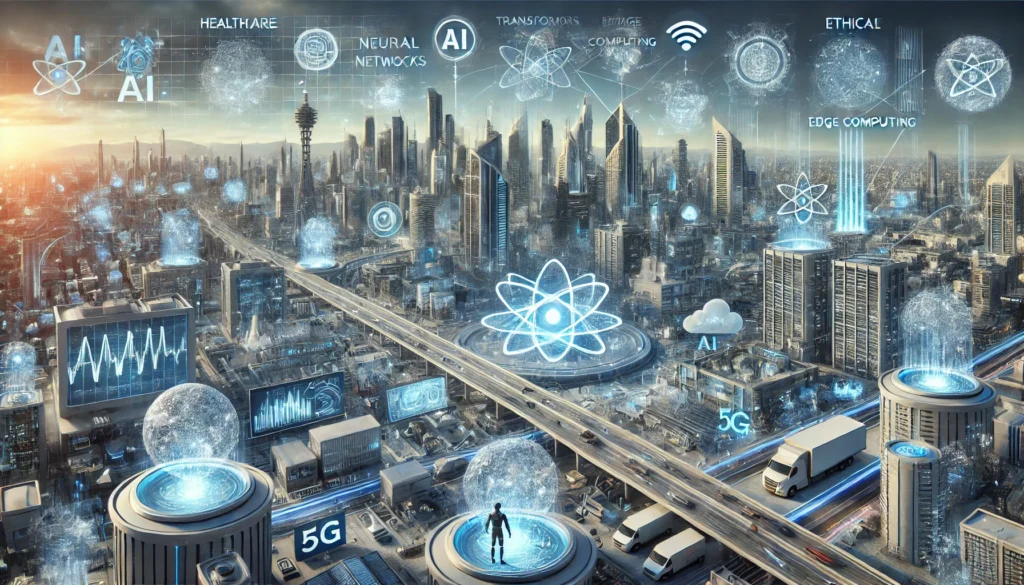
Advancements in Deep Learning and Neural Network Architectures
The field of neural networks continues to evolve, with new architectures like transformers and hybrid models showing promise. These advancements could make ANNs even more efficient and capable of handling more complex tasks.
Integration of ANNs with Emerging Technologies
The future of ANNs lies in their integration with cutting-edge technologies like edge computing, quantum computing, and 5G. These integrations could further enhance the performance of smart systems, enabling faster and more efficient decision-making.
Ethical Considerations and Responsible AI
As ANNs continue to drive innovation, ethical considerations surrounding their use must be addressed. Ensuring transparency, fairness, and accountability in ANN-powered systems will be crucial for their continued success.
Predictions for the Role of ANNs in Tomorrow’s Smart Systems
In the coming years, ANNs are expected to play an even more significant role in industries like healthcare, finance, and transportation. As the technology continues to improve, its potential to drive innovation will only increase.
Conclusion
Artificial Neural Networks are fundamental to the success of smart systems. From healthcare to autonomous vehicles, they power a wide range of applications, offering advantages like real-time adaptability and efficient data processing.
As we move toward a more connected, intelligent world, the importance of ANNs will only grow. Their ability to learn, adapt, and improve makes them essential to the development of smarter, more efficient systems.
The evolution of Artificial Neural Networks marks an exciting time for innovation. While challenges remain, the future of smart systems powered by ANNs is bright, offering endless possibilities for industries across the globe.
FAQs
What is an Artificial Neural Network (ANN)?
Artificial Neural Networks are computer models that take inspiration from the way the human brain works. It consists of interconnected nodes (neurons) that process information, learn from data, and make predictions or decisions.
What are the benefits of using ANNs in smart systems?
ANNs enable smart systems to adapt to new data, improve over time, process complex data, and make accurate predictions, leading to greater efficiency and effectiveness in a wide range of applications.
How are ANNs used in autonomous vehicles?
In autonomous vehicles, ANNs process data from cameras and sensors to recognize objects, make real-time decisions, and navigate safely without human intervention.
What are the challenges of using ANNs in smart systems?
Some challenges include the need for large datasets, high computational power, and difficulties in interpreting ANN decisions. Additionally, ANNs can struggle with generalizing to new, unseen data.
What is the future of ANNs in smart systems?
The future of ANNs is promising, with advancements in deep learning, new neural network architectures, and integration with emerging technologies like edge computing and quantum computing, which will enhance their capabilities.

